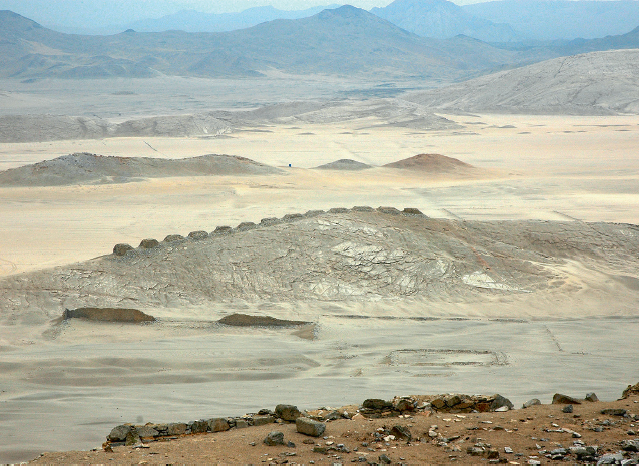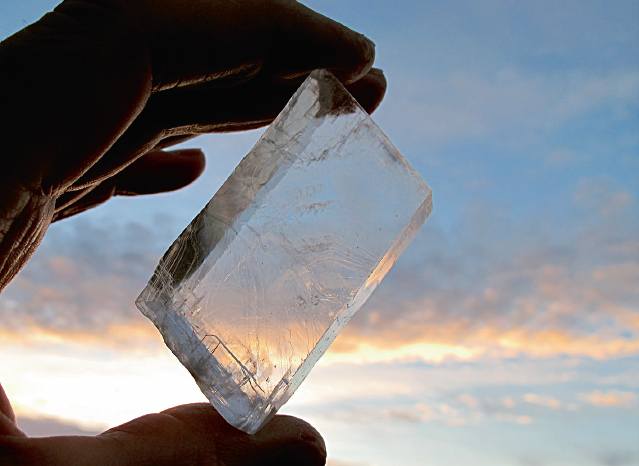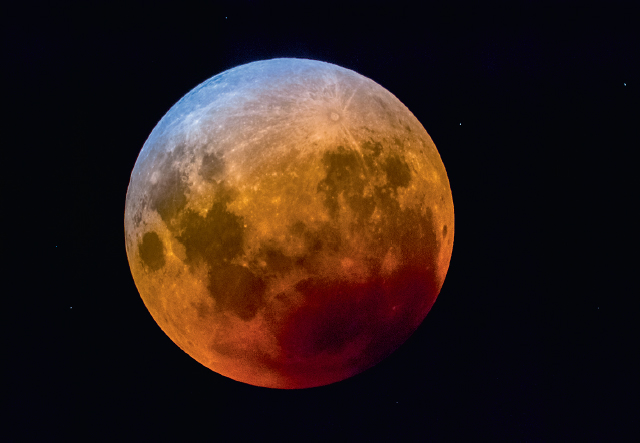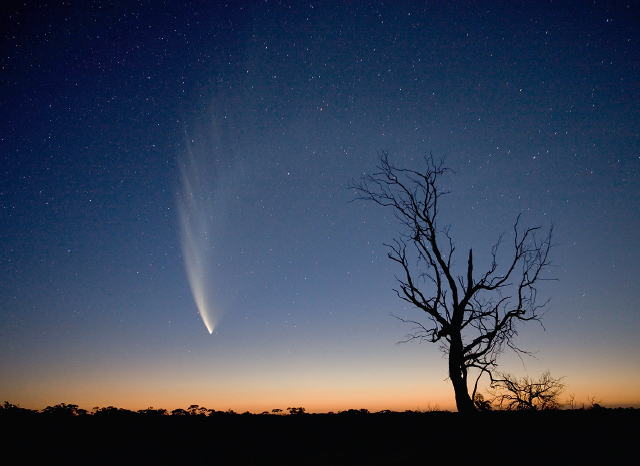Duane Hamacher - The First Astronomers: How Indigenous Elders read the stars
Here you can read online Duane Hamacher - The First Astronomers: How Indigenous Elders read the stars full text of the book (entire story) in english for free. Download pdf and epub, get meaning, cover and reviews about this ebook. year: 2022, publisher: Allen & Unwin, genre: Politics. Description of the work, (preface) as well as reviews are available. Best literature library LitArk.com created for fans of good reading and offers a wide selection of genres:
Romance novel
Science fiction
Adventure
Detective
Science
History
Home and family
Prose
Art
Politics
Computer
Non-fiction
Religion
Business
Children
Humor
Choose a favorite category and find really read worthwhile books. Enjoy immersion in the world of imagination, feel the emotions of the characters or learn something new for yourself, make an fascinating discovery.
- Book:The First Astronomers: How Indigenous Elders read the stars
- Author:
- Publisher:Allen & Unwin
- Genre:
- Year:2022
- Rating:4 / 5
- Favourites:Add to favourites
- Your mark:
The First Astronomers: How Indigenous Elders read the stars: summary, description and annotation
We offer to read an annotation, description, summary or preface (depends on what the author of the book "The First Astronomers: How Indigenous Elders read the stars" wrote himself). If you haven't found the necessary information about the book — write in the comments, we will try to find it.
The First Astronomers is the first book to reveal the rich knowledge of the stars and the planets held by First Peoples around the world.
Our eyes have been drawn away from the skies to our screens. We no longer look to the stars to forecast the weather, predict the seasons or plant our gardens. Most of us cannot even see the Milky Way. But First Nations Elders around the world still maintain this knowledge, and there is much we can learn from them.
These Elders are expert observers of the stars. They teach that everything on the land is reflected in the sky, and everything in the sky is reflected on the land. How does this work, and how can we better understand our place in the universe?
Guided by six First Nations Elders, Duane Hamacher takes us on a journey across space and time to reveal the wisdom of the first astronomers. These living systems of knowledge challenge conventional ideas about the nature of science and the longevity of oral tradition. Indigenous science is dynamic, adapting to changes in the skies and on Earth, pointing the way for a world facing the profound disruptions of climate change.
This book marks a profound paradigm shift in our understanding of Indigenous scientific traditions, how they are transmitted, and their relevance to life today. - Professor Marcia Langton, University of Melbourne
A ground-breaking book of enormous scope. - Brian Schmidt, Nobel Laureate in Physics
A glimpse into Indigenous ways of reading landscapes reflected in the night sky through ancient processes of inquiry. - Dr Tyson Yunkaporta, author of Sand Talk
A wonderful combination of scholarship and poetry. - Dr Annette S. Lee, Lakota astrophysicist
Beautiful, engaging, and startlingly profound. - Alan Duffy, Professor of Astrophysics
Duane Hamacher: author's other books
Who wrote The First Astronomers: How Indigenous Elders read the stars? Find out the surname, the name of the author of the book and a list of all author's works by series.













 Lakota astrophysicist Dr Annette S. Lee teaching traditional star knowledge in front of one of her artworks. (Courtesy of Annette S. Lee)
Lakota astrophysicist Dr Annette S. Lee teaching traditional star knowledge in front of one of her artworks. (Courtesy of Annette S. Lee)  Lakota Elder Jim Yellowhawk under the path of the Milky Way. (Prisma by Dukas/Alamy)
Lakota Elder Jim Yellowhawk under the path of the Milky Way. (Prisma by Dukas/Alamy)  Mer (foreground), Dauar (upper right) and Waier (upper left) in the Torres Strait. (Duane Hamacher)
Mer (foreground), Dauar (upper right) and Waier (upper left) in the Torres Strait. (Duane Hamacher)  Our Culture is Important by Meriam Elder and artist Segar Passi (2012). It shows knowledge of the sky being taught to younger generations. (Courtesy of Segar Passi and Gab Titui)
Our Culture is Important by Meriam Elder and artist Segar Passi (2012). It shows knowledge of the sky being taught to younger generations. (Courtesy of Segar Passi and Gab Titui)  A sunspot photographed on 15 April 2019. (Courtesy of Peter Lieverdink)
A sunspot photographed on 15 April 2019. (Courtesy of Peter Lieverdink)  Kinich Ahaw, the Mayan Sun-god at Copn Ruinas in Honduras. Spots on his face can be seen under his right eye. (Alberto Paredes/Alamy)
Kinich Ahaw, the Mayan Sun-god at Copn Ruinas in Honduras. Spots on his face can be seen under his right eye. (Alberto Paredes/Alamy)  The thirteen towers of Chankillo in Peru, built by the Casma/Sechin culture. The Sun sets over each of the towers over a year. (Werner Forman Archive/Alamy)
The thirteen towers of Chankillo in Peru, built by the Casma/Sechin culture. The Sun sets over each of the towers over a year. (Werner Forman Archive/Alamy)  Calcite (Iceland spar), a mineral used by Norse navigators to locate the Sun behind cloudy skies. (Courtesy of Arni Ein)
Calcite (Iceland spar), a mineral used by Norse navigators to locate the Sun behind cloudy skies. (Courtesy of Arni Ein)  The northern lights (aurora borealis) over Alaska, used by Inupiat people to navigate, as streams tend to run east to west. (Lucas Payne/Alaska Stock/Alamy)
The northern lights (aurora borealis) over Alaska, used by Inupiat people to navigate, as streams tend to run east to west. (Lucas Payne/Alaska Stock/Alamy)  Celestial navigation aid carved into the deck of the Marumaru Atua, a modern vaka built in the style of traditional Polynesian ships. (Chester Voyage/Alamy)
Celestial navigation aid carved into the deck of the Marumaru Atua, a modern vaka built in the style of traditional Polynesian ships. (Chester Voyage/Alamy)  Kerkar Meb 1 by Meriam Elder and artist Segar Passi (2011). The painting shows the angle of the waxing crescent Moon after sunset during the dry season. (Courtesy Segar Passi and QAGOMA)
Kerkar Meb 1 by Meriam Elder and artist Segar Passi (2011). The painting shows the angle of the waxing crescent Moon after sunset during the dry season. (Courtesy Segar Passi and QAGOMA)  Kerkar Meb 2 by Segar Passi (2011). This painting shows the angle of the waxing crescent Moon after sunset during the wet season. (Courtesy Segar Passi and QAGOMA)
Kerkar Meb 2 by Segar Passi (2011). This painting shows the angle of the waxing crescent Moon after sunset during the wet season. (Courtesy Segar Passi and QAGOMA)  Eclipse of the Moon on 8 June 2006. The red colour of the Moon is often associated with blood and death. (Peter Lieverdink)
Eclipse of the Moon on 8 June 2006. The red colour of the Moon is often associated with blood and death. (Peter Lieverdink)  A Moon halo, used by many First Peoples to forecast approaching rain. (Kerstin Langenberger/Alamy)
A Moon halo, used by many First Peoples to forecast approaching rain. (Kerstin Langenberger/Alamy)  Venus and the crescent Moon in conjunction, with the glow of earthshine visible on the Moon. (Peter Lieverdink)
Venus and the crescent Moon in conjunction, with the glow of earthshine visible on the Moon. (Peter Lieverdink)  Baumbirr (Morning Star) poles on display at the Gallery of Modern Art in Brisbane. (Duane Hamacher)
Baumbirr (Morning Star) poles on display at the Gallery of Modern Art in Brisbane. (Duane Hamacher)  Zodiacal light stretching into the sky as seen from La Silla Observatory, Chile. (Reda & Co./Alamy)
Zodiacal light stretching into the sky as seen from La Silla Observatory, Chile. (Reda & Co./Alamy)  Comet McNaught over the Australian outback. The wispy tails of comets are often conceptualised as smoke, hair or a bundle of spears. (Excitations/Alamy)
Comet McNaught over the Australian outback. The wispy tails of comets are often conceptualised as smoke, hair or a bundle of spears. (Excitations/Alamy)  Gawarrgay (the celestial emu in the dark region of the Milky Way), drawn by Euahlayi Elder Ghillar Michael Anderson (2014). (Courtesy of Ghillar Michael Anderson and Stellarium)
Gawarrgay (the celestial emu in the dark region of the Milky Way), drawn by Euahlayi Elder Ghillar Michael Anderson (2014). (Courtesy of Ghillar Michael Anderson and Stellarium)  Kaygasiw Usul (the shovelnose ray in the Milky Way), headdress by Alick Tipoti (2014), an artist and Zenadh Kes islander from Badu in the western Torres Strait. (Courtesy of Alick Tipoti and Australian National Maritime Museum)
Kaygasiw Usul (the shovelnose ray in the Milky Way), headdress by Alick Tipoti (2014), an artist and Zenadh Kes islander from Badu in the western Torres Strait. (Courtesy of Alick Tipoti and Australian National Maritime Museum)  The Pointer stars, Alpha and Beta Centauri (left), and the Southern Cross (right), with the dark Coalsack Nebula in the centre, representing the head of the celestial emu/rhea. (Alan Dyer/Stocktrek Images/Alamy)
The Pointer stars, Alpha and Beta Centauri (left), and the Southern Cross (right), with the dark Coalsack Nebula in the centre, representing the head of the celestial emu/rhea. (Alan Dyer/Stocktrek Images/Alamy)  Eta Carinae, the blue-giant star that erupted in the 1840s and was observed by Boorong people who incorporated into their oral traditions. (N. Smith, University of Arizona, and J. Morse, BoldlyGo Institute, NASA/ESA)
Eta Carinae, the blue-giant star that erupted in the 1840s and was observed by Boorong people who incorporated into their oral traditions. (N. Smith, University of Arizona, and J. Morse, BoldlyGo Institute, NASA/ESA)  Tnorala (Gosse Bluff), a giant impact crater described as where a celestial baby fell to Earth as a star in Arrernte traditions of Central Australia. (Jean-Paul Ferrero/ AUSCAPE/Alamy)
Tnorala (Gosse Bluff), a giant impact crater described as where a celestial baby fell to Earth as a star in Arrernte traditions of Central Australia. (Jean-Paul Ferrero/ AUSCAPE/Alamy)  Kandimalal (Wolfe Creek crater), the site of several different Jaru traditions in Western Australia. (Russotwins/Alamy)
Kandimalal (Wolfe Creek crater), the site of several different Jaru traditions in Western Australia. (Russotwins/Alamy)  An Aboriginal Songline in Western Australia mirrored in the stars, as described by Noongar Elder Dr Noel Nannup. (Duane Hamacher, using Google Earth and Stellarium)
An Aboriginal Songline in Western Australia mirrored in the stars, as described by Noongar Elder Dr Noel Nannup. (Duane Hamacher, using Google Earth and Stellarium) 